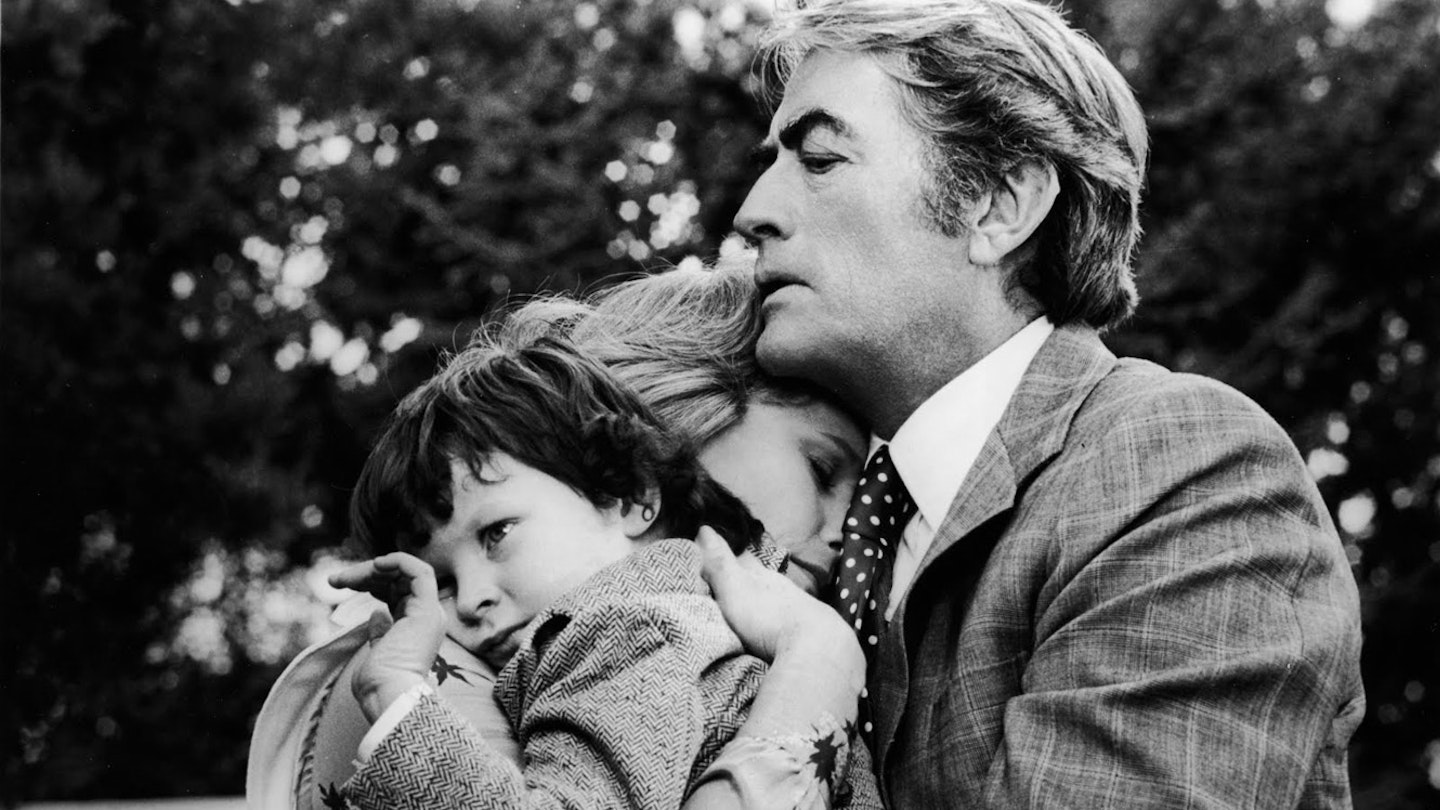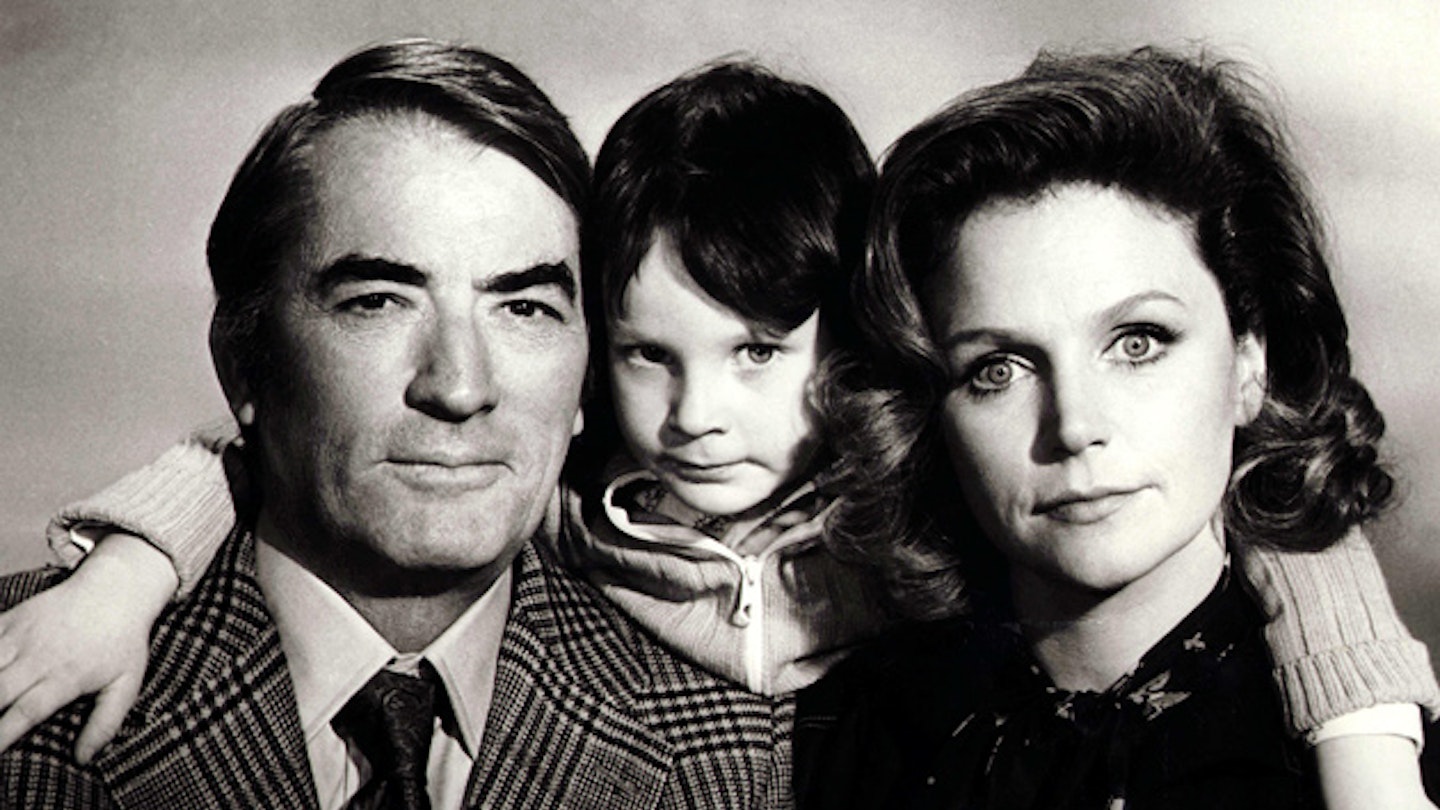As the recent eruption of fury towards paedophiles demonstrates, there is nothing more terrifying, particularly in the eyes of a parent, than the imperilling of a child. Both horror and sci-fi have exploited the vulnerability and innocence of children from the early days of cinema, perhaps most notably when Boris Karloff's monster tossed young Marilyn Harris into the lake in Frankenstein (1931). But kids haven't always been defenceless victims. Take, for example, the alien infants in Village Of The Damned (1960) or the sinister schoolboys in Unman, Wittering And Zigo (1971). Even Regan from the The Exorcist (1973), managed to be both sinned against and sinning.
Although the hysteria surrounding William Friedkin's film had finally died down, there was still a popular anxiety about demonic possession by the time The Omen was released. Indeed, its timing couldn't have been better — coming eight years after Rosemary's Baby (1968), it had a feel of "What Satan Did Next". But the driving force behind the production was, perhaps subconsciously, the desire of a parent to atone for what he perceived to be an unpardonable failing. In the summer of 1975, Gregory Peck's son, Jonathan, was found dead with a gun at his side. Holidaying in France at the time, Peck blamed himself for not being in California when his child needed him. The story of a father struggling to come to terms with his son's identity, therefore, had a certain cathartic appeal.
The project was already underway by the time Peck signed on. Indeed, it had originally been offered to Warner Bros, as a Charlton Heston vehicle. Heston passed after brief consideration. Developed from an idea by LA advertising executive Robert L. Munger, David Seltzer's script was inspired by a passage from the Book Of Revelation. When the Jews return to Zion And a comet rips the sky And the Holy Roman Empire rises Then you and I must die. From the eternal sea he rises Creating armies on either shore, Turning man against his brother 'Til man exists no more. Naturally, The Bible contains no such passage, but the 20th Century Fox publicity machine has to be applauded for attempting to give their film such feasible religious legitimacy.
Peck was unhappy with the idea that a man intelligent enough to be a US Ambassador would try to deceive his wife by substituting an orphaned baby for the one she had just miscarried. But director Richard Donner was less concerned, although he did try to shift the story emphasis away from the notion of the Antichrist and on to the suggestion that Robert Thorn might simply be suffering from a delusion. Moreover, everyone was rather amused by the knowing link between John F. Kennedy (the son of a onetime ambassador to Britain) and Satanism.
Having changed its title from The Antichrist to The Birthmark, the film seemed to fall victim to a sinister curse. Seltzer's plane to London was hit by lightning; Donner's hotel was bombed by the IRA; Peck cancelled a flight to Israel, only for the plane he'd chartered to crash, killing all onboard; and on day one of the shoot, the principal members of the crew survived a head-on car crash. The jinx appeared to persist well into post production, when special effects artist John Richardson was injured and his assistant killed in an accident on the set of A Bridge Too Far.
Predictably, the Vatican was less enthusiastic and, through its radio station, denounced the filmmakers for tackling such a serious theme "For reasons and towards ends absolutely consumeristic and economical." With a take of over $100m on a $2.8m budget (plus a further $6m for a lavish publicity campaign), Fox was laughing all the way to perdition. Jerry Goldsmith also had reason to smile as his score won an Oscar, although his Ave Satani failed to convert its Best Song nomination.
The ballyhoo persuaded the studio to embark on a sequel. Although there was nothing to match Patrick Troughton's demise at the sharp end of a lightning rod, Damien: Omen II (1978) was quite a respectable follow-up, with the now teenage terror (played by Jonathan Scott-Taylor) dispatching various inquisitive types at his military academy. The Final Conflict (1981) was less accomplished, even though Sam Neill exuded mischievous malevolence as he duelled with monks bearing the Sacred Daggers Of Maggido. But the less said about the 1991 TV movie, Omen IV: The Awakening the better.



